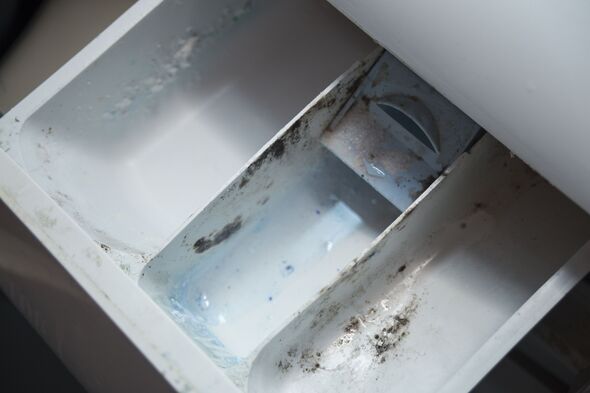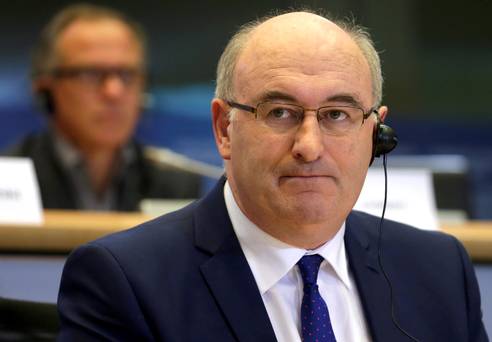
Phil Hogan: I’m honoured to be selected as Europe’s new Commissioner
October 3, 2014
EU and MINT Countries : Building Prospective Economic Partnerships?
October 3, 2014Two men’s portraits hang above a boardroom table in OAO AvtoVAZ’s glass-walled headquarters overlooking the broad Volga River: Russian President Vladimir Putin and Prime Minister Dmitry Medvedev.
The not-so-subtle message is that Moscow is watching.
The Kremlin has taken a keen interest in the turnaround being attempted by majority shareholders, Renault SA (RNO) and Nissan Motor Co. (7201), who gained control of the 48-year-old company about two months ago. The partners want to transform the Soviet-founded maker of Russia’s best-selling Lada brand into a mass-market carmaker that can hold its own against the foreign competitors gaining share in its home market.
The project began against an uncertain political backdrop, as Russia and the West clash over accusations that Putin is backing a separatist insurgency in Ukraine, while Russian prosecutors last month filed suit to regain state ownership of oil producer OAO Bashneft. Putin yesterday tried to calm investors’ concerns that there would be a rash of such moves saying there won’t be a “mass review” of privatization deals.
Slideshow: Best of the 2014 Paris Motor Show in Pictures
“This is a more political company,” Chief Financial Officer Evgeny Belinin said in an Aug. 27 interview beneath Putin’s picture in the company’s headquarters in Togliatti, a Russian city named after an Italian communist. “Everyone knows AvtoVAZ, and it’s always on the radar.”
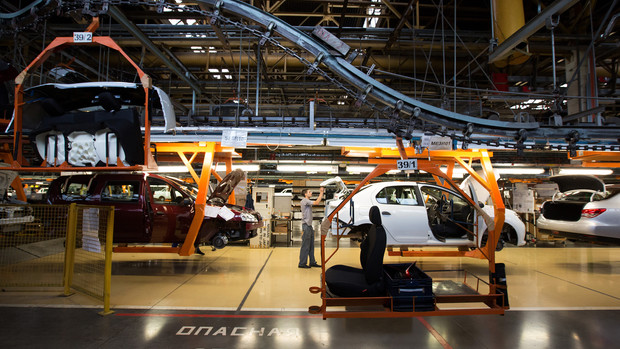
A Lada Largus, left, and a Renault Logan automobile move along the assembly line at the OAO AvtoVAZ plant, controlled by Renault SA and Nissan Motor Co., in Togliatti, Russia. Close
A Lada Largus, left, and a Renault Logan automobile move along the assembly line at the… Read More
Open
Photographer: Andrey Rudakov/Bloomberg
A Lada Largus, left, and a Renault Logan automobile move along the assembly line at the OAO AvtoVAZ plant, controlled by Renault SA and Nissan Motor Co., in Togliatti, Russia.
Key Element
On the front lines is Chief Executive Officer Bo Andersson, a former top executive at General Motors Co. (GM) Andersson is the first non-Russian to lead the company, born in Sweden and picked for his new job late last year by Renault-Nissan boss Carlos Ghosn. He’s no stranger to Russia. He was president of billionaire Oleg Deripaska’s GAZ Group, the country’s biggest maker of vans and light trucks, for four years before joining AvtoVAZ.
For Renault and Nissan, which indirectly own 50.01 percent of AvtoVAZ shares, the company is a key element in a strategy for gaining at least 40 percent of Russia’s car market by 2016.
Lada has a long way to go. The brand’s Russian sales fell 18 percent this year through August, faster than the market’s 12 percent slowdown driven by the Ukraine crisis.
“Russia is in reverse mode,” Karl-Thomas Neumann, head of GM’s European unit Opel, said yesterday at the Paris Motor Show. “Nobody knows where it’s going to end.”
Ford Models
Though Lada is still the biggest brand, its share of sales fell to 15.4 percent in August from 16.9 percent a year earlier — a position hardly comparable to its dominance in the 1980s.
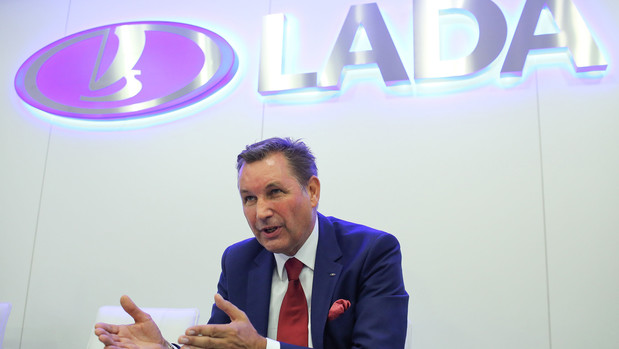
AvtoVAZ Chief Executive Officer Bo Andersson, nominated at end of 2013 by Renault-Nissan boss Carlos Ghosn, has to turn the maker of the iconic Lada cars, better known for their poor quality, into a competitive and respected volume car brand — for the first time of its 48-year-old history. Close
AvtoVAZ Chief Executive Officer Bo Andersson, nominated at end of 2013 by… Read More
Open
Photographer: Andrey Rudakov/Bloomberg
AvtoVAZ Chief Executive Officer Bo Andersson, nominated at end of 2013 by Renault-Nissan boss Carlos Ghosn, has to turn the maker of the iconic Lada cars, better known for their poor quality, into a competitive and respected volume car brand — for the first time of its 48-year-old history.
In 2012, the top three cars in Russia were still Ladas. In 2013, Lada clung to No. 1 with its Granta sedan as Hyundai and Kia had climbed to second and third, respectively, with their Solaris and New Rio models. Its lead could further erode. Even amid the current turmoil, automakers are still pushing to expand in the Russian market, which is expected to one day to surpass Germany as Europe’s biggest.
“We will continue to invest into the market,” Stephen Odell, head of Ford Motor Co. (F)’s European operations, said in Paris. The American carmaker plans to introduce six new models in Russia by the end of next year.
That would put further pressure on Lada, which is sold in the former Soviet republics and to a small degree in Western Europe. Its domestic reputation doesn’t lure buyers.
Not Prestigious
“I am planning to buy a Renault Duster,” said Yuri Parsamov, 29, a marketing specialist from Moscow, referring to Renault’s best-selling low-cost sport-utility vehicle. “But if the same car were produced in Togliatti under the Lada brand, I wouldn’t consider it at all. Many Russians have long-time preconceptions that everything AvtoVAZ makes is lower quality and not prestigious.”
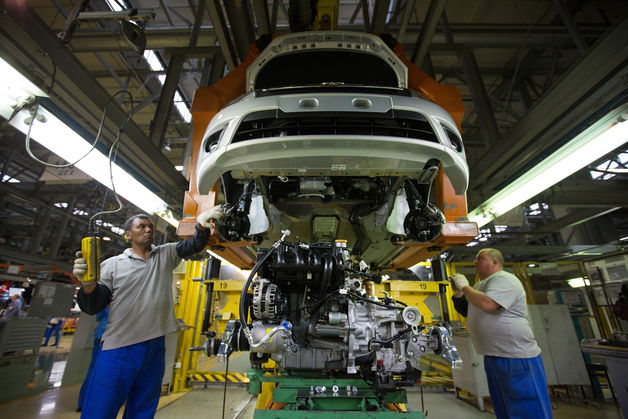
Workers prepare to fit a motor into an automobile chassis on the assembly line at the OAO AvtoVAZ plant, controlled by Renault SA and Nissan Motor Co., in Togliatti, Russia. Close
Workers prepare to fit a motor into an automobile chassis on the assembly line at the… Read More
Open
Photographer: Andrey Rudakov/Bloomberg
Workers prepare to fit a motor into an automobile chassis on the assembly line at the OAO AvtoVAZ plant, controlled by Renault SA and Nissan Motor Co., in Togliatti, Russia.
Lada’s fading fortunes prompted Renault and Nissan in August to lower their expectations for 2016 sales. The brand is aiming for 20 percent of the Russian market, compared with an earlier target of 25 percent.
Last year AvtoVAZ lost money. It burned about 19.6 billion rubles ($510 million) in cash, nearly twice as much as the previous year, on sales of 506,000 cars. This year it’s seeking to break even as it moves toward a goal of a 6 percent operating margin by 2016.
Andersson has said he’ll do that by slashing costs and introducing new models. He’s also begun a charm offensive for Putin, issuing a statement to “express gratitude” for a new four-month cash-for-clunkers program to prop up domestic car sales and welcoming a group of people displaced in the Ukraine conflict for a factory visit.
Leaky Windshields
During a July visit to AvtoVAZ, Putin also asked the Finance Ministry to find funds to subsidize loans the company needs to modernize production.
“The government is interested in helping AvtoVAZ survive,” Vladimir Bespalov, a Moscow-based analyst at VTB Capital, said by phone.
Lada accounted for about 80 percent of sales in the last cash-for-clunkers program, in which the government subsidizes purchase of a new car if the customer hands in an old one. The company will probably benefit to a large extent from the new program approved in August, Bespalov said.
“All governments tend to pay special attention to those who produce locally,” Jerome Stoll, Renault’s chief performance officer, said yesterday in an interview. “We’re happy with the current situation.”
Cutting Layers
Meanwhile, Andersson has criticized complacency at the company, which left routine problems like leaky windshields unresolved. There was “a culture of I’m OK, you’re OK, I don’t care, you don’t care,” he said at this year’s Moscow Motor Show in August.
That’s meant some hard-line moves like cutting the number of management layers to five from nine and a plan to cut the total workforce nearly 20 percent, to 53,000 employees, by the end of the year. Next year, AvtoVAZ will fire 1,500 managers and salaried workers, said Belinin, the CFO.
To make the cuts, the offer is “we pay you five salaries, and then you go,” Belinin said. If not, “there are a lot of ways to make sure that you go.”
Andersson has also brought in foreign engineers from the Renault-Nissan alliance to implement Western-style standards to improve quality. That’s key because as Russians become wealthier, Lada starts to drop off the shopping list. And the brand’s advantage in covering smaller cities and rural areas won’t last forever as foreign carmakers expand.
“It was the most available new passenger car,” said Marina Makova, a teacher and Lada buyer from Lipetsk, a city in central Russia. “If I had more money, I would probably think of something different, but still I am pretty happy with the purchase. It serves well for the money it costs.”
To contact the reporters on this story: Mathieu Rosemain in Paris at mrosemain@bloomberg.net; Yuliya Fedorinova in Moscow at yfedorinova@bloomberg.net
To contact the editors responsible for this story: Chris Reiter at creiter2@bloomberg.net Naomi Kresge


